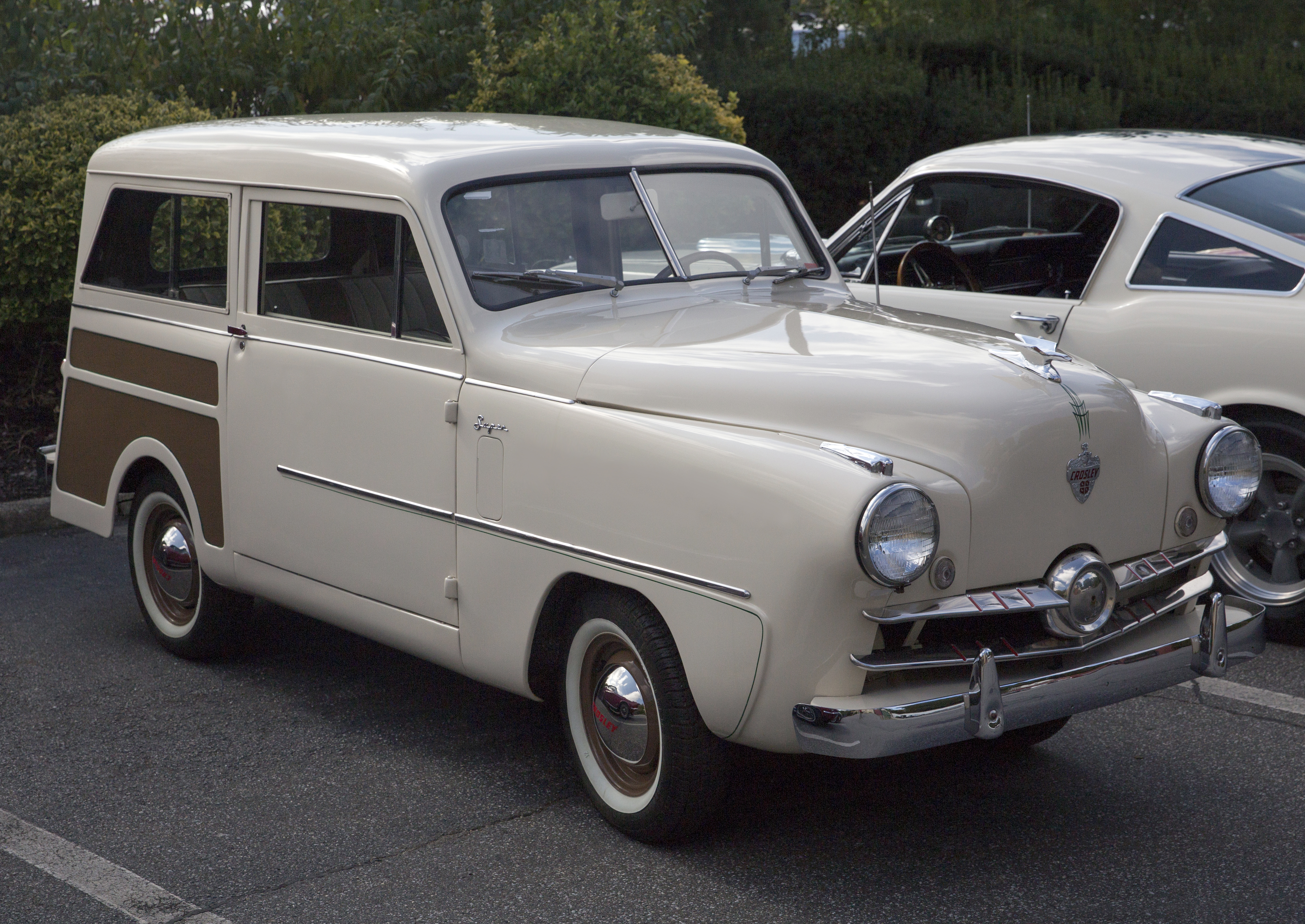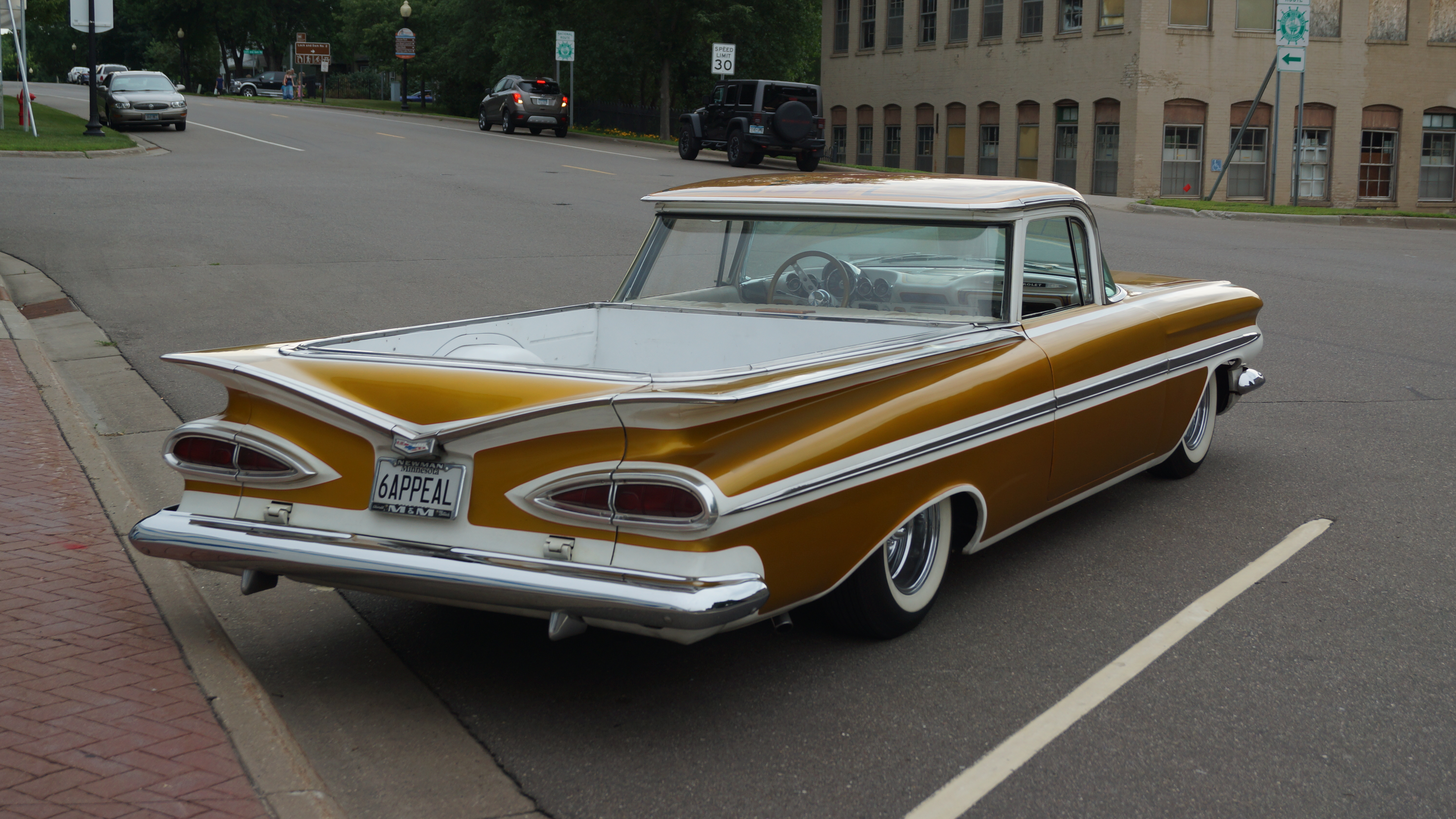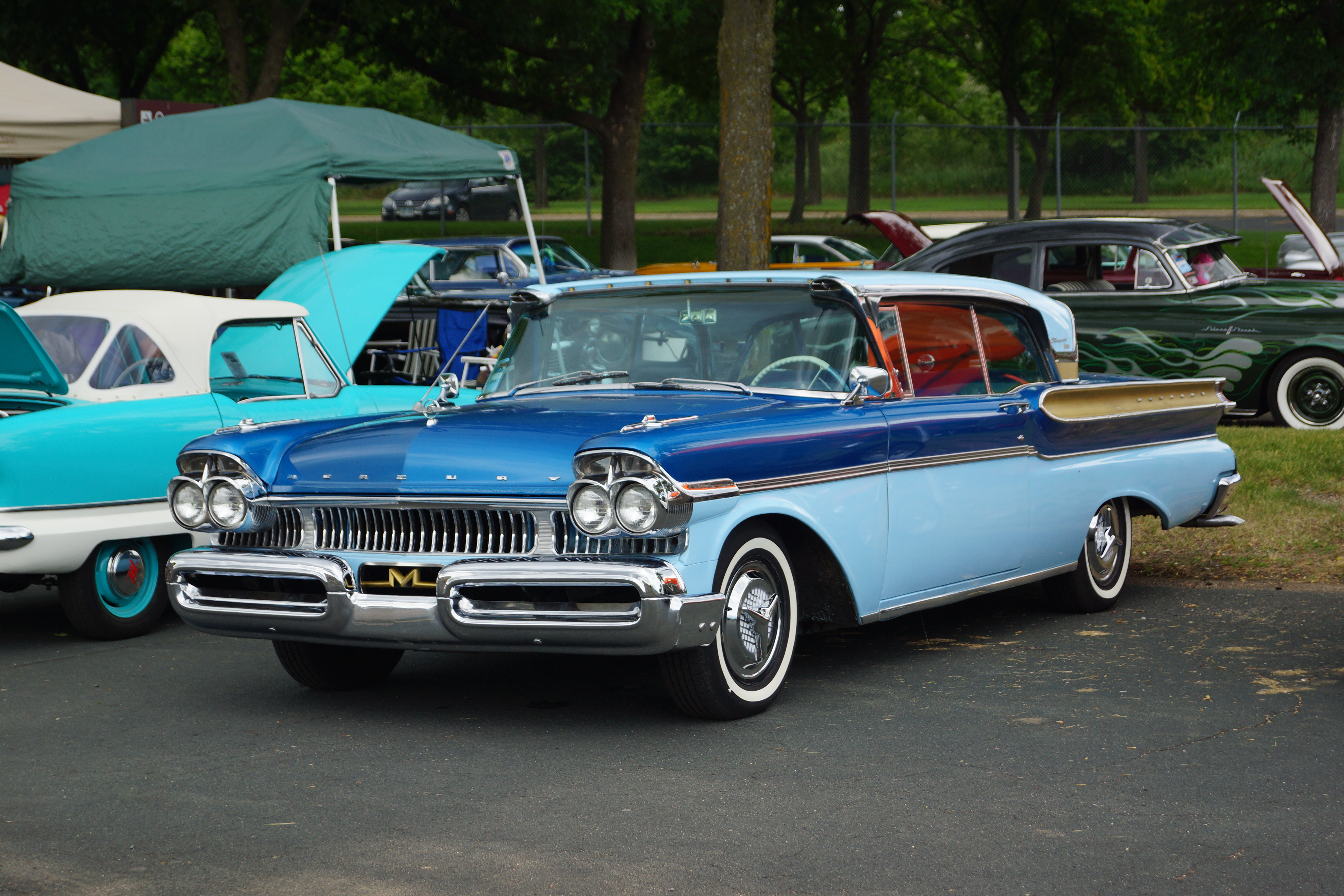The Misfires of the 1950s: Cars That Missed the Mark

The 1950s are often celebrated as a golden era for the automobile industry, marked by a cornucopia of technological innovations and design experiments. However, amidst the sleek lines and powerful engines, there were a number of automotive missteps that remind us not every idea was a good one. In this retrospective, we’ll explore 19 cars from the 1950s that, despite their ambitions, ultimately fell short of expectations.

1. **1958 Edsel**: The infamous Edsel stands as a testament to how marketing can make or break a product. Launched by Ford, it was intended to fill a gap between the medium-priced Ford and high-end Lincoln models. However, it was widely criticized for its unusual styling, particularly the front grille that many likened to “an Oldsmobile sucking on a lemon.” This miscalculation cost Ford nearly $250 million and rendered the Edsel a symbol of failure in the automotive industry.
2. **1957 Nash Cosmopolitan**: Once a symbol of luxury, the Nash Cosmopolitan struggled in the changing automotive landscape of the 1950s. Its outdated design and lack of appealing features left it lagging behind competitors, leading to its eventual discontinuation. The Nash brand, once proud and innovative, could not keep pace with the likes of the Big Three.

3. **1954 Kaiser Darrin**: This car attempted to combine sporty aesthetics with innovative features such as its fiberglass body and sliding doors. However, the Kaiser Darrin was hindered by lack of power and performance, leading it to become a curiosity rather than a commercial success. Despite its forward-thinking design, it simply could not compete with more established manufacturers.

4. **1959 DeSoto Firedome Sportsman**: DeSoto was a brand that fell into obscurity partly due to the 1958 recession. The Firedome Sportsman, while stylish with its tailfins, could not attract enough buyers to justify its production. As the brand struggled, the model became one of the last in a long line of vehicles that failed to capture consumer interest.

5. **1958 Packard Four-Door Sedan**: An ambitious attempt to revive the Packard name, this model was plagued by poor styling and an unclear market strategy. The 1958 model year saw Packard struggling to find its place amid the economic downturn, leading to dwindling sales that ultimately resulted in the brand’s demise.

6. **1956 Ford Continental Mark II**: Promoted as an ultra-luxury vehicle, the Mark II was significantly overpriced for its time. Priced at $9,695, the car’s production costs far exceeded its market value, resulting in a short production run. Despite its elegance and luxury features, the Continental Mark II could not sustain its place in the market, leading to its discontinuation.

7. **1951 Muntz**: The Muntz was an eccentric vehicle known for its flashy design and unique selling points, such as a radio and television. However, its unconventional features were not enough to offset its lack of performance and reliability. The brand’s attempts to stand out ultimately led to confusion rather than success, causing Muntz to vanish from the automotive landscape.

8. **1951 Crosley Station Wagon**: Targeted at budget-conscious consumers, the Crosley Station Wagon was compact and economically appealing but suffered from underpowered engines and poor build quality. In a market dominated by larger, more powerful vehicles, Crosley could not find a significant customer base, leading to its eventual exit from the industry.

9. **1958 Imperial**: While Chrysler aimed to place the Imperial as a luxury vehicle, the model did not resonate with consumers. The car’s weight and cumbersome design made it less desirable compared to its competitors. Despite being equipped with advanced features at the time, it ultimately failed to secure a lasting place in the market.

10. **1959 Rambler**: The Rambler was designed for the compact car segment, hoping to compete with the growing demand for smaller vehicles. However, it lacked the necessary power and style to draw in buyers. The 1959 model could not escape being seen as a vehicle that offered inadequate performance for an increasingly discerning consumer base.

11. **1958 Ford Thunderbird**: The 1958 Ford Thunderbird was a bold attempt to redefine the personal luxury car, but it quickly became an example of excess. With its oversized frame and extravagant tailfins, it was more about show than substance. People loved the idea of a luxury coupe, but they were put off by its poor handling and fuel inefficiency. While it was designed to compete with the likes of the Chevrolet Corvette, it ended up being overshadowed by its more nimble rivals, proving that sometimes less can be more.

12. **1959 Chevrolet El Camino**: The Chevrolet El Camino was introduced as a unique blend of car and truck, but it struggled to find its identity. With a design that was neither fish nor fowl, the El Camino failed to attract a dedicated fan base. Consumers were confused, often opting for either a full-sized pickup or a standard car instead. The El Camino’s awkward positioning in the market ultimately led to its short-lived production run, illustrating the pitfalls of hybrid designs.

13. **1956 Dodge La Femme**: This car was designed specifically for women, adorned in a pastel pink and featuring a matching handbag and umbrella. While it was a novel idea, the 1956 Dodge La Femme was criticized for being patronizing and failed to resonate with female drivers. The market simply wasn’t ready for such a gender-specific vehicle, leading to its discontinuation after just one year. It’s a classic example of how good intentions can backfire in automotive design.
14. **1959 Plymouth Fury**: The Plymouth Fury aimed to capture the youth market with its flashy aesthetics and powerful performance. Unfortunately, it became a cautionary tale about overextending a brand’s appeal. The model’s heavy reliance on chrome and tail fins turned consumers off, as the vehicle felt flashy without substance. While it found a niche following among certain classic car enthusiasts, its mainstream appeal waned, leading to diminishing sales and a quick exit from the spotlight.

15. **1956 Ford Tarus**: The Ford Tarus was envisioned as a revolutionary vehicle with an emphasis on comfort and space. However, it quickly became evident that it simply couldn’t compete with the more established lineups in the competitive sedan market. Consumers found it unappealing, leading to a lack of interest and sales. The lessons learned here remind manufacturers that ambitious designs must also meet consumer expectations in performance and reliability.

16. **1951 Stutz Blackhawk**: This luxury car was designed to appeal to the elite, boasting an opulent design and high price tag. However, the execution fell short, as the car suffered from a lack of modern engineering and reliability issues. While it aimed to blend performance with luxury, the Stutz Blackhawk became a symbol of excess without the backbone of quality. It serves as a reminder that luxury cannot replace performance in the automotive world.

17. **1950 Hudson Hornet**: Once a contender in the racing scene, the Hudson Hornet struggled to maintain its popularity in the evolving market. As consumer preferences shifted towards more modern designs, the Hornet’s outdated styling and lack of innovative features led to declining sales. Despite its rich racing heritage, the Hornet’s inability to evolve with the market resulted in its demise, marking an essential lesson in keeping up with trends.

18. **1957 Mercury Turnpike Cruiser**: Designed to be a luxurious cruiser, the Mercury Turnpike Cruiser was packed with features but ultimately failed to deliver on its promise. Its innovative design and features like a retractable hardtop were overshadowed by performance issues and a high price point. While it aimed to offer a seamless driving experience, its lack of consumer interest led to a rapid decline, highlighting the importance of aligning features with consumer expectations.

19. **1958 Rambler Ambassador**: The Rambler Ambassador sought to redefine the full-sized sedan but fell short in attracting buyers. With its outdated styling and lack of robust marketing, the Ambassador struggled against the competition. While it had some innovative features, they were not enough to capture the market’s attention. The Ambassador ultimately represents how failing to innovate and adapt to customer preferences can lead to a brand’s downfall.

The automotive landscape of the 1950s was undoubtedly colorful and ambitious, filled with both iconic successes and notable failures. The lessons learned from these ten cars illustrate the ongoing dance between innovation and market demand. As we look back, it’s crucial to embrace these experiences, as they continue to shape the automotive industry today. The journey of car-making is not just about the hits but also about learning from the misses, and these vehicles remain a testament to that.
Related posts:
American automobile industry in the 1950s
The Ultimate Guide
Most Popular Cars Of The 1950s
Discover more from Auto Travel World
Subscribe to get the latest posts sent to your email.












